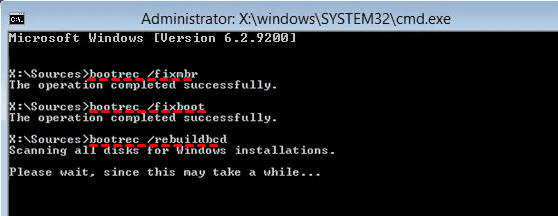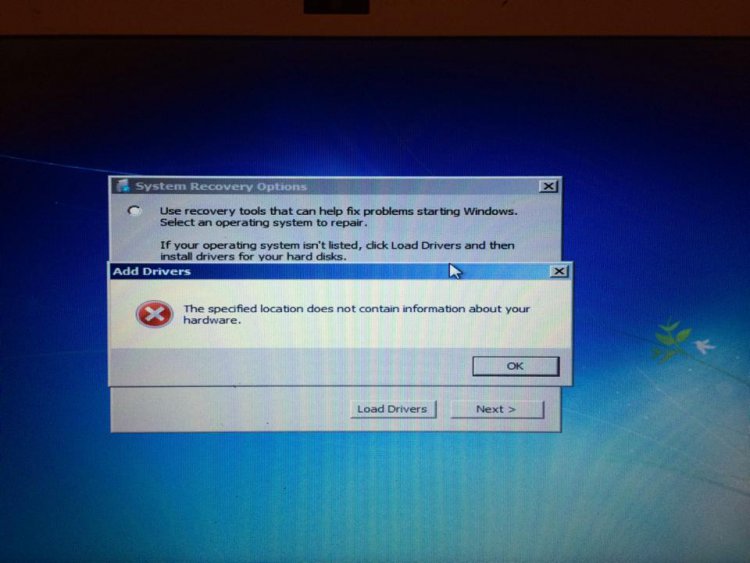

There's a screenshot button on the task bar as well. If you can't find bootmgr (or the correct one) then get back with a screenshot of your drives as shown in the Reflect backup tab. As mentioned, this could be on a volume with no drive letter, in which case you'll need to assign a letter to that volume using DiskPart and repeat the above. If that doesn't help, you may have this file on more than one volume and you'll need to locate the one that's actually being used. Replace C: with the correct drive letter. Once found, open a command prompt by clicking the cmd icon on the task bar and type: Open up the drives (excluding X) and look for file bootmgr in the root.Ĥ. Start PE Explorer using the PC button on the task bar.ģ. It could also be on the Windows system partition.Ģ. This is usually the MSR partition which is a small partition without a drive letter. The 'bootmgr' file is on Active partition for MBR systems. If the entire volume has been compressed then the bootmgr file has to be explicitly uncompressed. Windows can't boot from a system volume where the bootmgr file is compressed. I tried that and it cycles me back to the same screen. Now when I restart the computer I get the following error message "BOOTMGR is compressed Press Ctrl+Alt+Del to restart". I inserted my Macrium Reflect recovery USB and selected "fix boot problems". The drives are compressed with about 100 GB free space (not enough space to uncompress them).

My OS is on a pair of software RAID-1 Samsung EVO 860 SSD's, 500 GB.


 0 kommentar(er)
0 kommentar(er)
